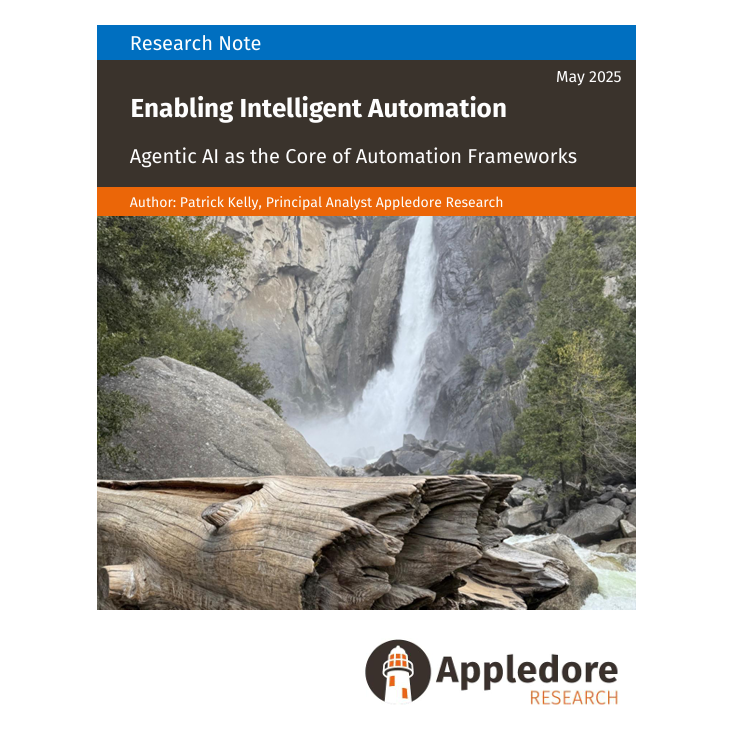
Enabling Intelligent Automation
Agentic AI represents the next frontier in AI innovation—specialized, autonomous software agents capable of performing complex, multi-step tasks with minimal human intervention. These intelligent agents continuously learn and adapt to changing conditions, interact with both structured and unstructured data, and collaborate across systems to achieve outcomes more efficiently than human experts.
In telecom, the application of Agentic AI is poised to revolutionize operational workflows across the network—from predicting outages and optimizing traffic to improving customer experiences and accelerating fault resolution.
At the core of this transformation is an integrated, layered architecture comprising data ingestion, semantic modeling, and intelligent execution. Data is sourced in real-time from telemetry systems, alarms, log files, and user-plane interfaces. This raw data is structured through an ontology framework into meaningful digital objects—such as base stations, customer devices, or alarms—and their relationships. This contextual model forms a digital twin of the network that AI agents use to reason, diagnose, and act. The automation layer, empowered by pre-built runbooks, large language models (LLMs), and time-series ML models, enables agents to trigger real-time workflows, from rerouting traffic to escalating service tickets—all aligned with business priorities and service-level objectives.
While much of the current AI discourse focuses on the scale of foundation models, this framework highlights a fundamental industry pivot: true business value lies not in model size, but in how models are embedded within purpose-built, outcome-driven workflows. Model distillation plays a critical role here—enabling the compression of massive models into lighter, cost-efficient versions without sacrificing performance, unlocking scalable AI deployment across network edge and cloud
environments.
For telecom operators, the implications are significant. Agentic AI will personalize service offerings, reduce churn, enhance power efficiency, and identify the root causes of performance degradation. More importantly, it will shift operations from reactive to proactive—automating decisions, shortening response times, and driving operational consistency.
This report maps out how Agentic AI fits within telcos’ strategic goals of ever-greater levels of automation.